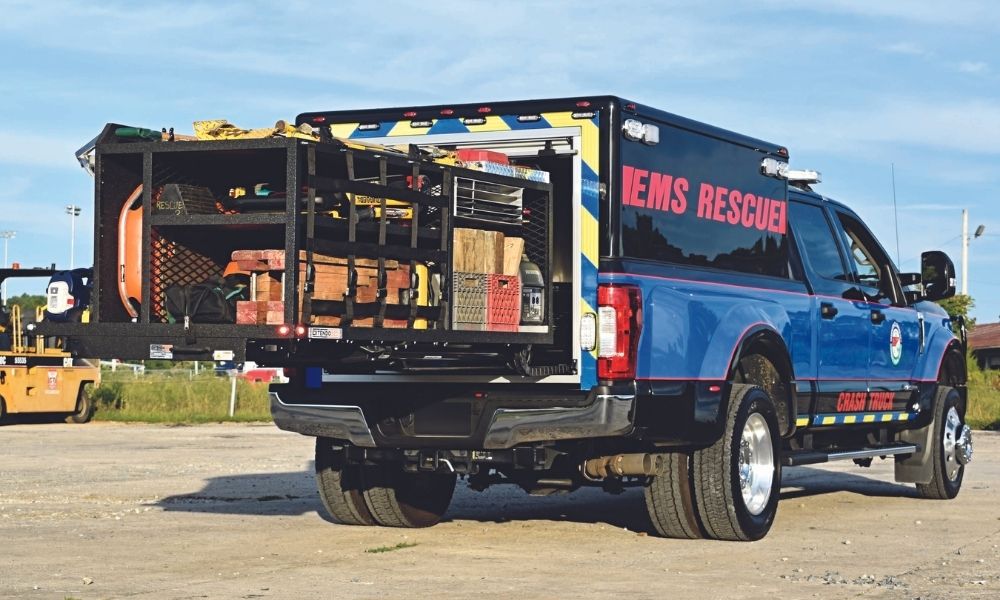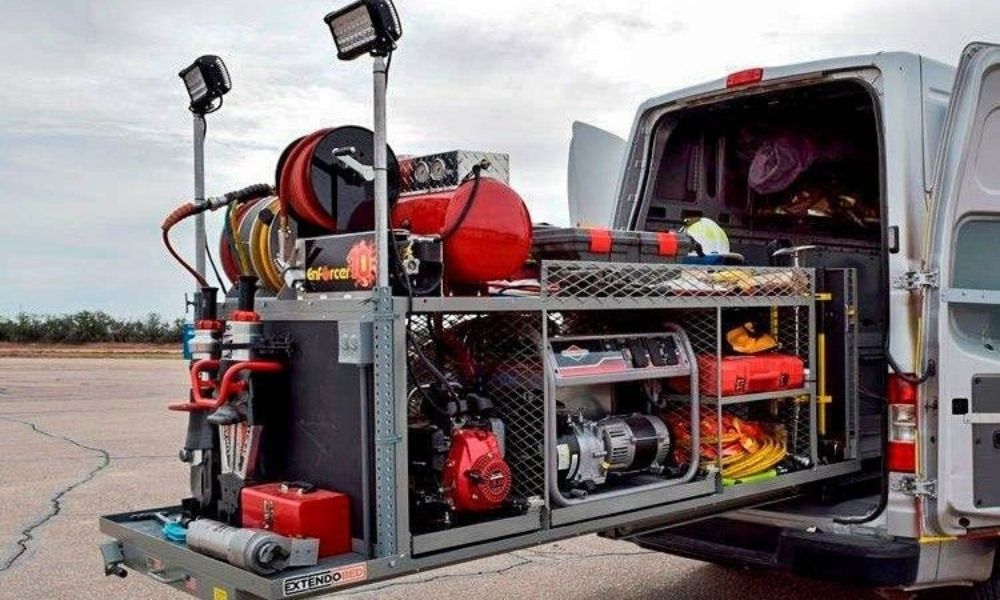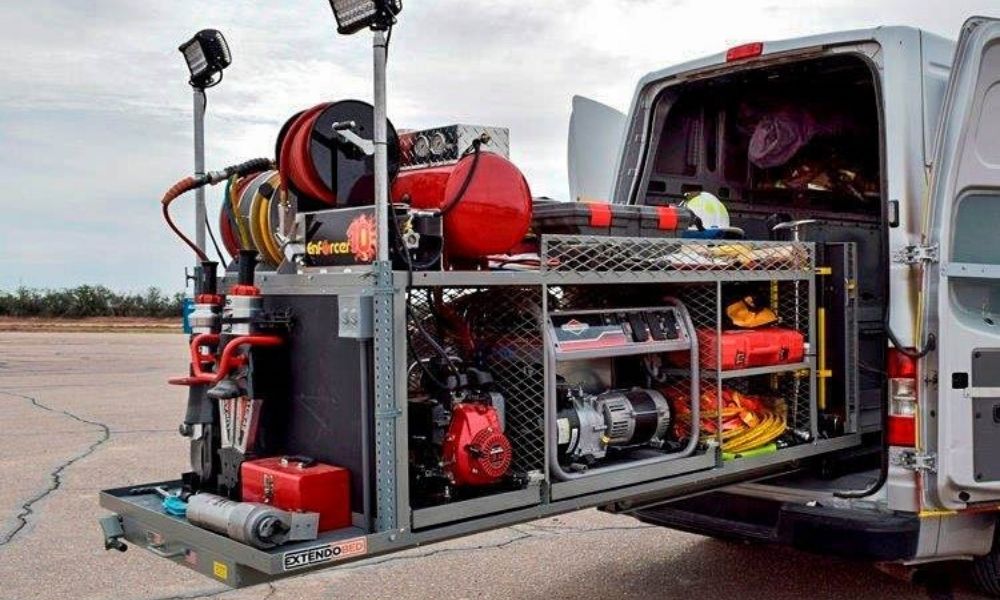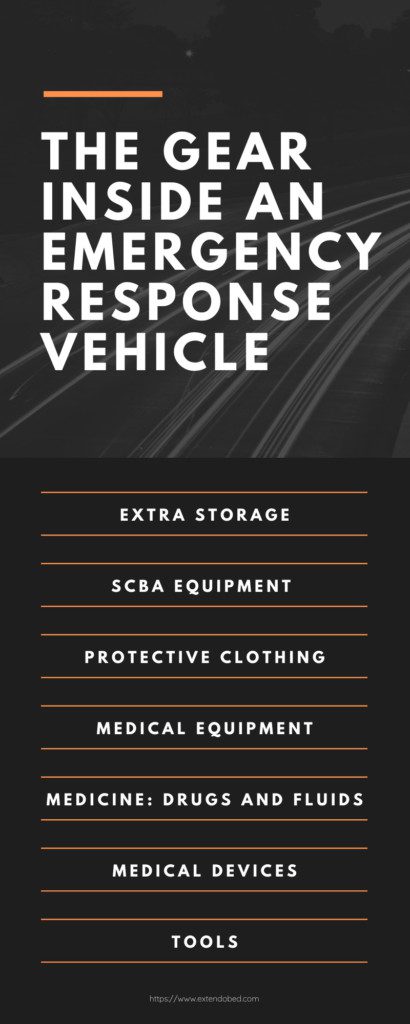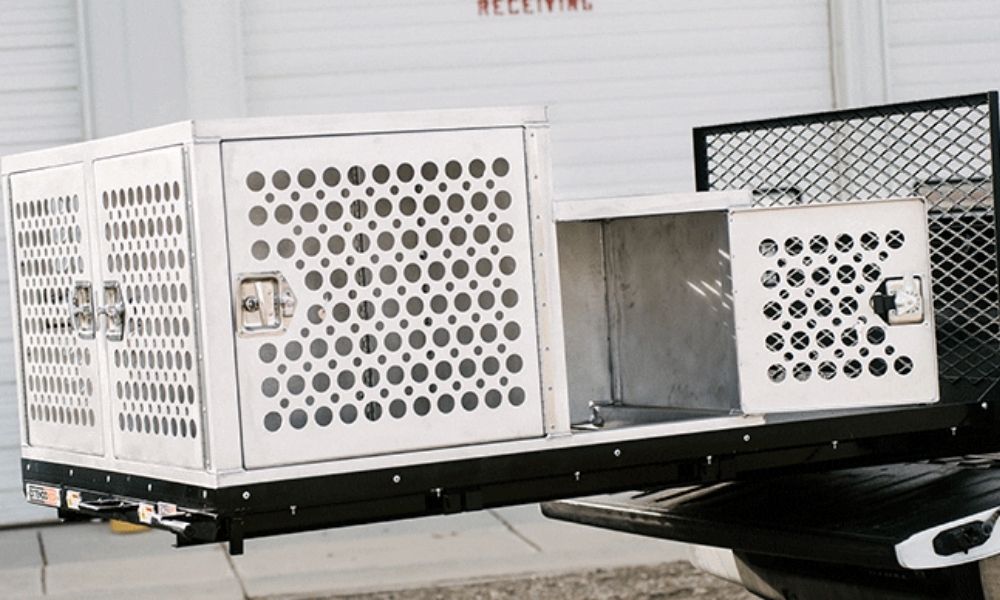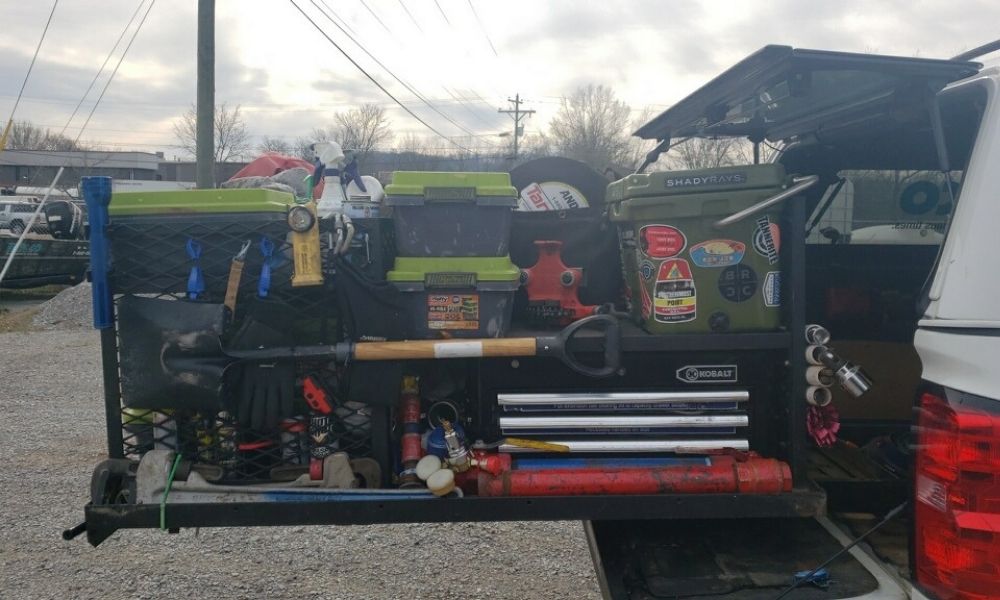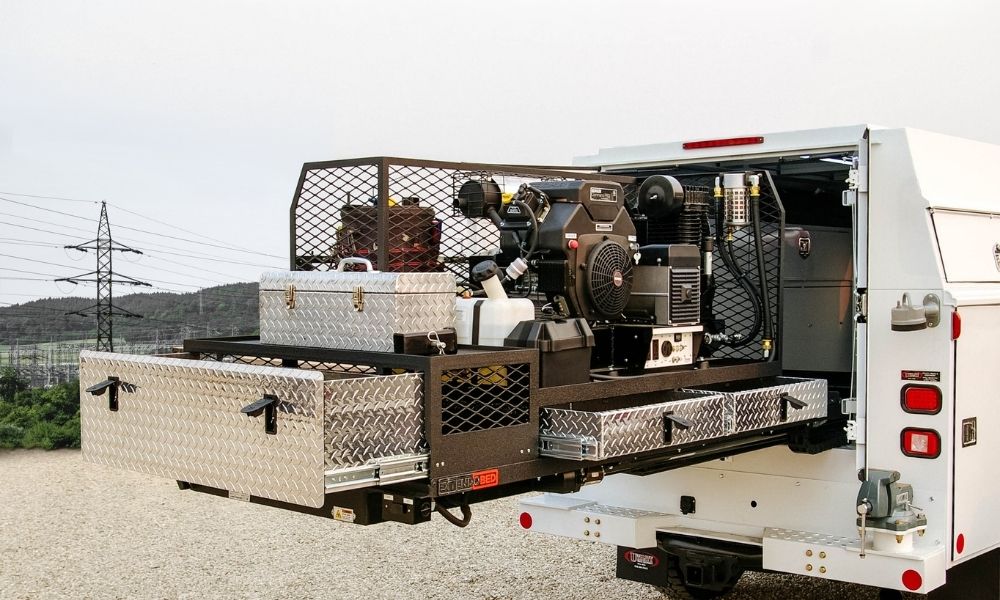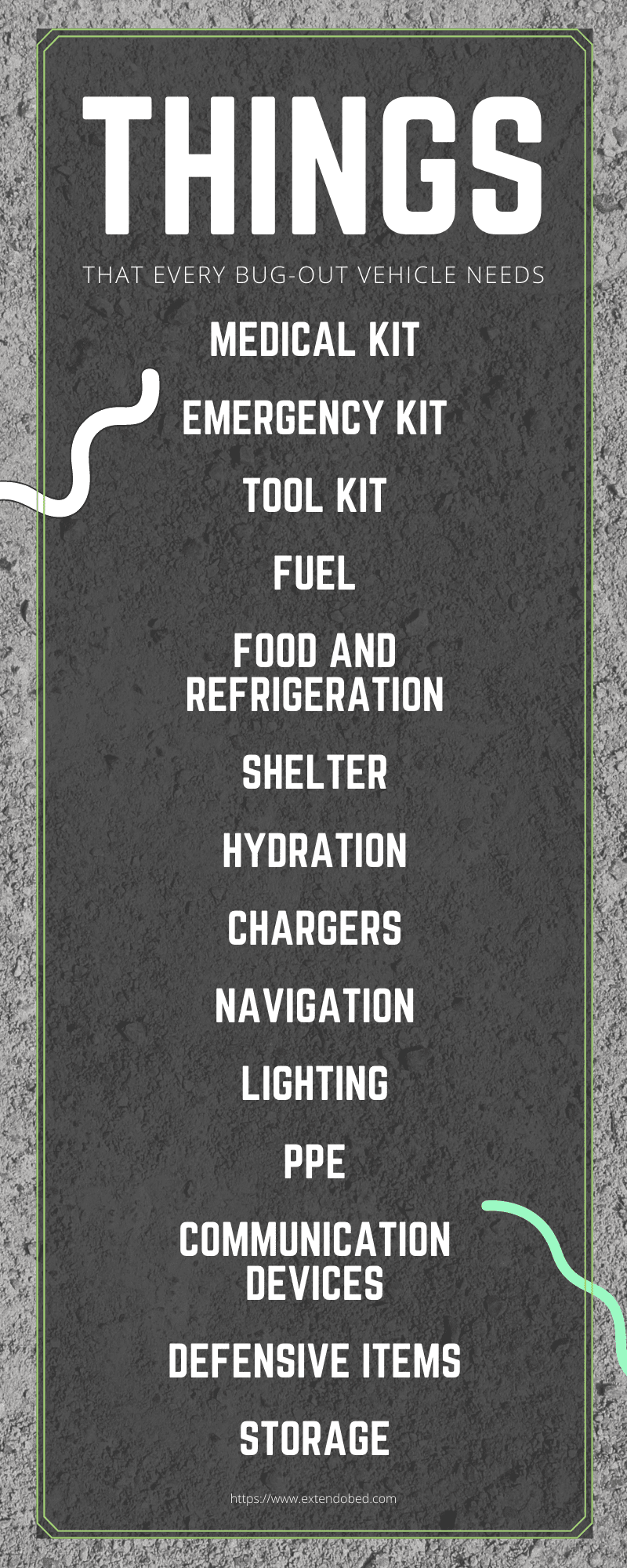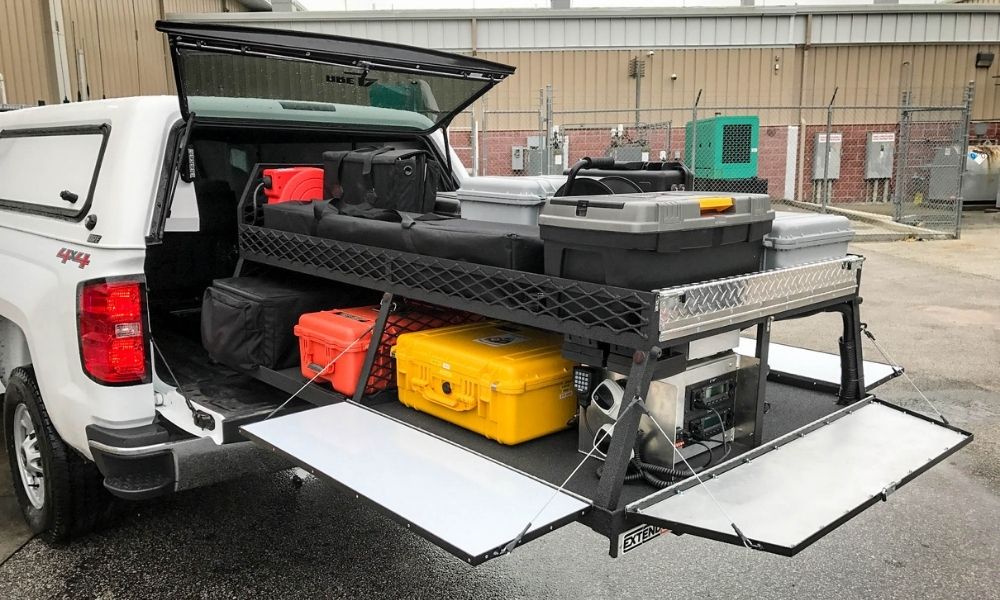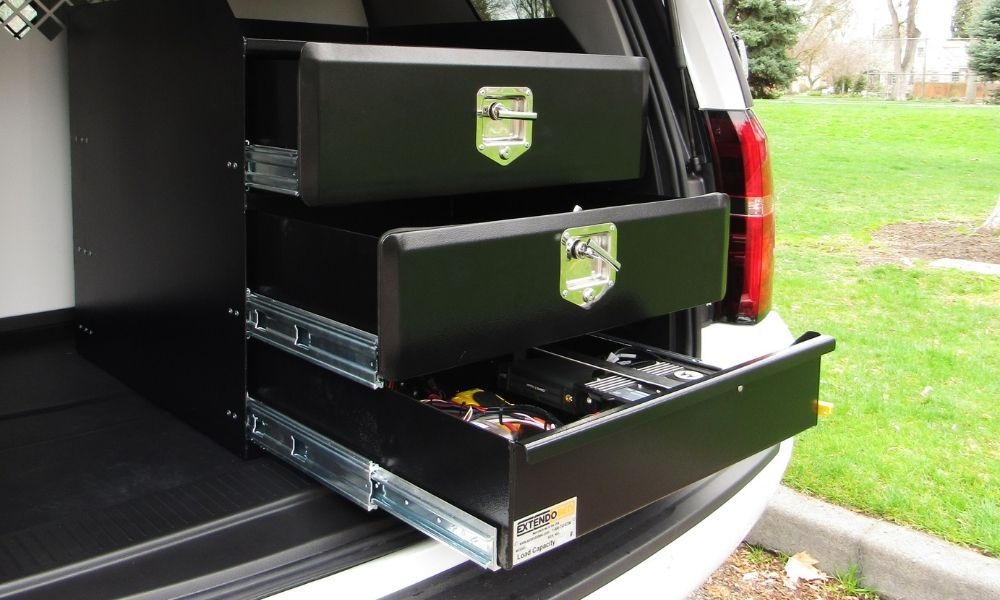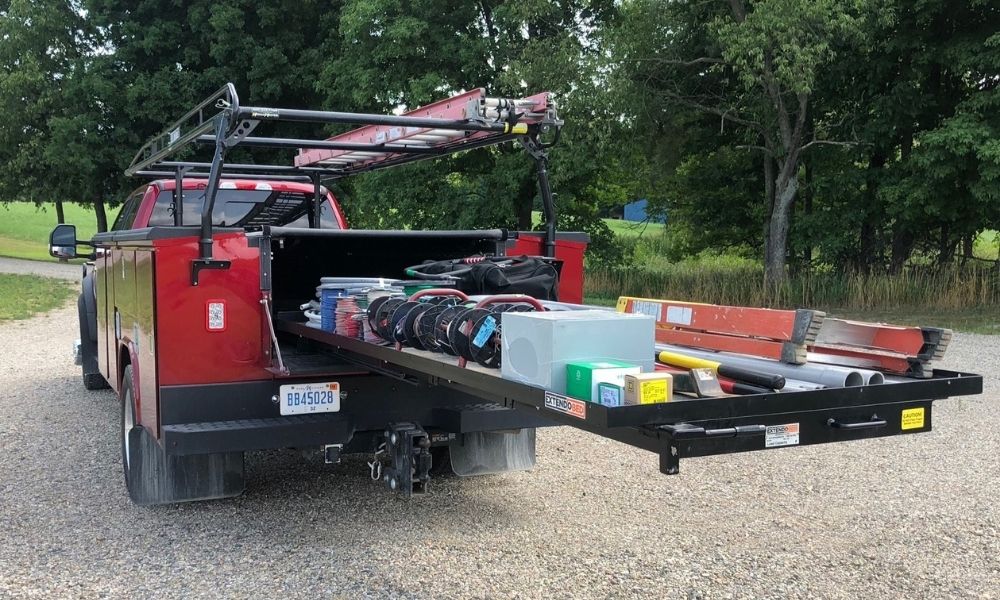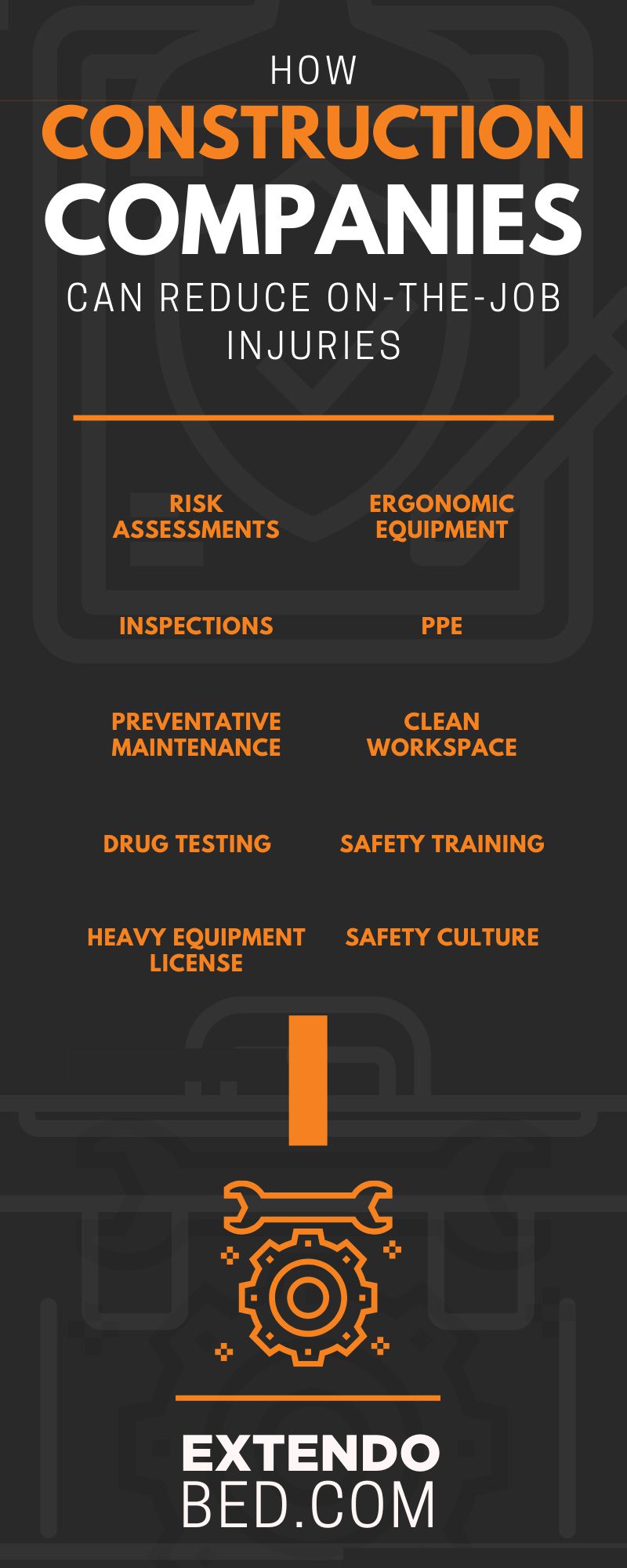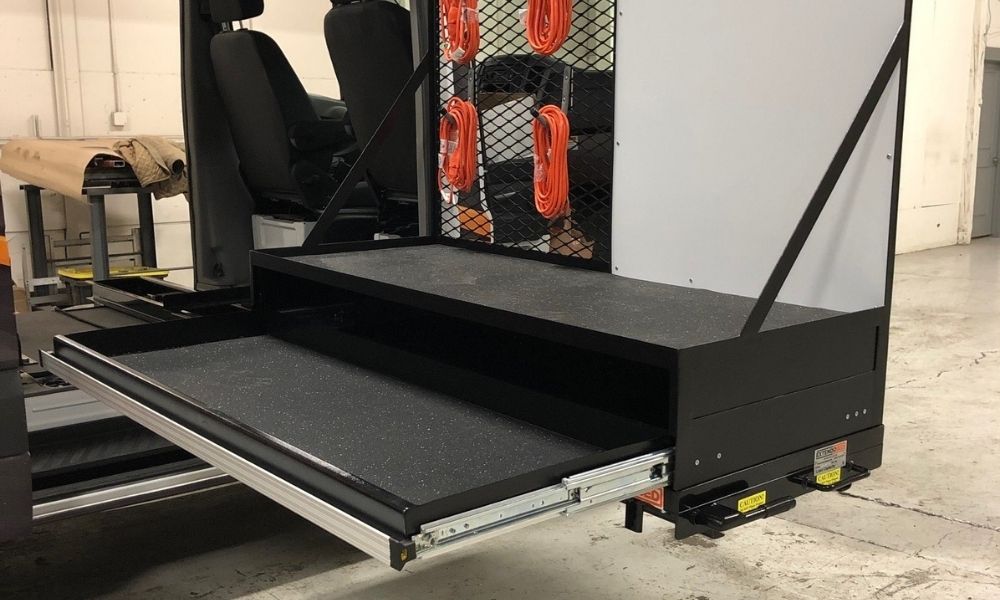Everyone needs a bug-out vehicle so they can protect themselves and those they love in case of emergency. A proper bug-out vehicle can literally save the lives of anyone in it if the proper preparation and care are taken when setting it up. You can never be sure what situation might cause the need for such a vehicle, so it’s best to plan for a variety of problems. Use this guide as a basic checklist of the things that every bug-out vehicle needs.
Medical Kit
Any injury can be extremely problematic if you ignore it or don’t treat it promptly, which is why a medical kit’s so important for a bug-out vehicle. A good medical kit will have a tourniquet in addition to other standard medical items.
Emergency Kit
An emergency kit contains extremely useful tools and items for any emergency that might develop. For example, flares are a common part of emergency kits for light and to help rescuers see your position easily. You should also look for kits with fire extinguishers and other emergency prevention tools.
Tool Kit
You never know when you might need a tool for a problem, and a tool kit will cover your every need. From repairs to breaking things in your way to getting unstuck, a tool kit is absolutely necessary for your survival. You’ll want a heavy-duty tool kit with a variety of tools, but don’t go overboard, or you won’t have space for other important things.
Common Vehicle Repairs
Any vehicle is susceptible to damages and will eventually have breakdowns and need repairs. You should have parts at the ready for the most common repairs that a vehicle might need. Things like tire patches and fuse replacements can easily save your car from unfortunate circumstances. Even if your car is capable, it’s better to have the stuff rather than be stuck in a dangerous place.
Fuel
Any vehicle that runs on gas can eventually run out of fuel. Even if your vehicle is extremely fuel-efficient, having extra gas will save you when making those long treks without refill stations. Getting extra fuel cans and a long-distance fuel tank can spare you from some pretty bad times.
Food and Refrigeration
Food is really important for survival, which is why you should find food storage for your vehicle before things turn bad. You can either store non-perishable food or install some kind of refrigeration unit in your bug-out vehicle. A fridge means you can store things you pick up or hunt along the trip.
Shelter
Although bug-out vehicles have equipment for every situation, it isn’t always the best decision to sleep in them. In those times when sleeping in your vehicle isn’t an option, you should invest in a shelter. Packing a tent with all the accompanying bedding is a good idea for your bug-out vehicle.
Hydration
Just like food, water is extremely important yet hard to come by in disaster situations. Packing plenty of water for the trip plus ways to create more water, such as filters or survival devices, will save your life. Thirst is one of the biggest threats you’ll face in a disaster.
Chargers
Although they won’t be useful in every kind of emergency, phones and other electronic devices can be very helpful for contacting others and surviving. Bring a charger that can power your devices from the car, and you won’t run into electricity problems for a while. A charged phone means you can contact others with reception even after a few days pass and other people’s devices no longer have a charge.
Navigation
It’s easy to lose your way when you’re in a stressful situation and forced to navigate areas that you aren’t familiar with. This can be very dangerous if you’re struggling to get to a safe place in your vehicle. Bringing several means of navigation can help you stay safe; both digital and manual methods are useful. Although most smartphones have GPS, bringing a satellite GPS can be the better option in case reception isn’t working in the area. For manual navigation, bring a compass and maps of any area you’re traversing.
Lighting
One thing that can always help you during an emergency is lighting, which is useful both at night and when exploring any dark place. Investing in a few flashlights that you can manually charge will help you greatly if you do anything in the dark. You can also put lighting modifications on your vehicle so you can light up the surrounding area, though there are legal limits on this, depending on your state.
PPE
If you think that personal protective equipment (PPE) is only useful in industrial jobs, you should know that it’s actually very helpful in your bug-out vehicle. A lot of the things you do after a huge event are dangerous for the body, as you may need to work with industrial tools and handle heavy materials in subpar conditions. Wearing protection will only help you avoid injuries from these things.
Communication Devices
If other people are traveling in your vehicle with you, try getting communication methods that don’t rely on cell service. High-quality walkie-talkies are very useful for contacting those you care about when things are dangerous. You can also install a radio receiver into your car for better communication with the world at large.
Defensive Items
Although we hope you never need them, defensive equipment or tools can be very helpful during a crisis. A major disaster, like a wildfire, can cause massive migrations from animals that may get violent in their fear. Just having a weapon nearby can prevent a lot of trouble; in many cases, you won’t even need to use it. A pocketknife is useful as a tool for personal defense and overall survival.
Storage
Storing all these items in one vehicle isn’t realistic for most standard vehicles; you’ll need modifications that add storage or help you efficiently use all the space you have. You can always get a large aluminum storage trunk or even a customized sliding truck bed designed for overlanding for a pickup truck or van, or install extra storage under your seats to maximize space in your vehicle.
These are things that every bug-out vehicle needs, but this list doesn’t include everything that may be helpful for you. This is just a basic list of the things that you should get for your vehicle; there are plenty of other items that may help in times of emergency.
